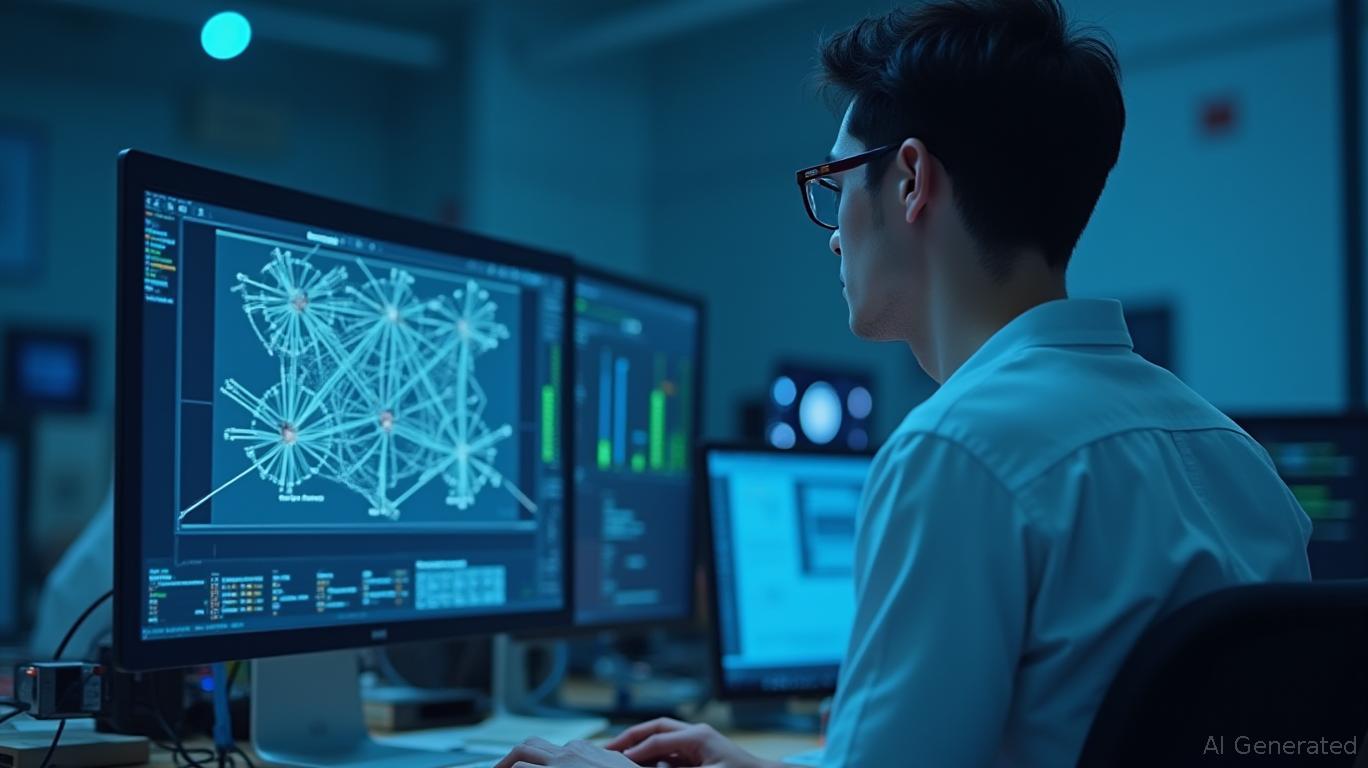The AI Supremacy Play: OpenAI's GPT-4o and the New Rules of Disruption
The AI landscape is undergoing a seismic shift, and at the epicenter sits OpenAI's GPT-4o and its successor, GPT-4.1. These models are not just incremental upgrades—they are a bold redefinition of what artificial intelligence can achieve, with implications for investors that stretch far beyond Silicon Valley.
The Technological Edge: A Blueprint for Dominance

GPT-4o's March 2025 enhancements marked a turning point. Its coding prowess—scoring 54.6% on the SWE-bench Verified—isn't just about writing cleaner code; it's about automating entire workflows. Developers no longer need to manually debug or optimize code; GPT-4o can do this autonomously, cutting development cycles by up to 30% in some cases. The 1 million token context window (eight times GPT-4o's predecessor) allows it to process entire software projects or lengthy legal documents in a single pass, making it indispensable for enterprises.
But what truly separates GPT-4.1 from the pack is its cost efficiency. The GPT-4.1 Mini variant offers 83% lower cost than GPT-4o while maintaining 90% of its performance. For businesses, this means AI tools can now scale without the prohibitive expenses that once limited adoption. The reflects this demand, rising 40% as data centers and cloud providers race to deploy AI infrastructure.
Competitive Landscape: A New Order of Battle
The AI arms race is heating up, but OpenAI's rivals are struggling to keep pace.
- Claude 3 (Anthropic): While excelling in safety and ethical alignment, it lags behind GPT-4.1 in coding (52.9% vs. 54.6% on code diffs) and lacks the same level of agentic behavior—its ability to execute tasks autonomously.
- Gemini (Google): A multimodal powerhouse with image and audio generation capabilities, but its coding scores (52.9%) still trail GPT-4.1. Its dependency on Google's ecosystem also limits its appeal to enterprises seeking vendor flexibility.
- Llama (Meta): Open-source and cost-effective, but its coding and context capabilities remain a step behind, making it ideal for niche use cases rather than enterprise-grade solutions.
The underscores a clear leader. GPT-4o's 21.4% absolute improvement over GPT-4o in coding alone signals a leap in capability, not just iteration.
Investment Opportunities: Where to Bet on the AI Future
The GPT-4o revolution isn't confined to software—it's reshaping entire industries. Investors should focus on three key areas:
- AI Infrastructure
- Cloud Providers: Microsoft Azure and Amazon Web Services (AWS) are critical to the AI supply chain. Their stock prices reflect this: . Both companies are investing heavily in AI-optimized cloud services, a trend that will only accelerate.
Semiconductor Firms: NVIDIA's dominance in AI chips is undeniable, but AMD's new AI-specific GPUs and Intel's partnerships with cloud providers offer diversification opportunities.
AI-Driven Applications
- Enterprise Software: Companies like Salesforce and SAP are integrating GPT-4o into their platforms. Look for firms that can monetize AI's efficiency gains, such as automation platforms or customer service bots.
Healthcare and Finance: AI models are now capable of analyzing vast medical datasets or predicting market trends. Firms like Tempus (health analytics) or Bloomberg (financial AI tools) could see outsized gains.
AI Infrastructure Startups
- LLMOps Companies: Startups like Fello AI that help enterprises manage multiple AI models are poised for growth. Their ability to simplify the deployment of GPT-4o's advanced capabilities could become a critical bottleneck for adoption.
The Risks: Don't Forget the Storm Clouds
No investment is without risk. Regulatory scrutiny over AI ethics, data privacy, and job displacement remains a wildcard. The shows a sharp rise in legislation, which could slow adoption in sensitive sectors like healthcare. Additionally, the skills gap—only 1% of companies are fully AI-integrated—means execution risks persist.
Conclusion: The Supremacy Play Isn't Optional
GPT-4o isn't just another model; it's a catalyst for a new era of AI-driven efficiency. Its technological edge, cost advantages, and the ecosystem it enables make it a strategic asset for investors. While risks exist, the upside is clear: enterprises that harness GPT-4o's power will dominate their markets, while laggards will struggle to compete.
For investors, the path forward is twofold: bet on the infrastructure that powers AI (cloud, chips, and tools) and back the applications that turn AI into profit. The GPT-4o revolution isn't just about code—it's about who controls the future of work, innovation, and value creation.
tell a story of relentless expansion. This isn't a fad—it's the next industrial revolution. Get in early, or risk being left behind.

Comments
No comments yet